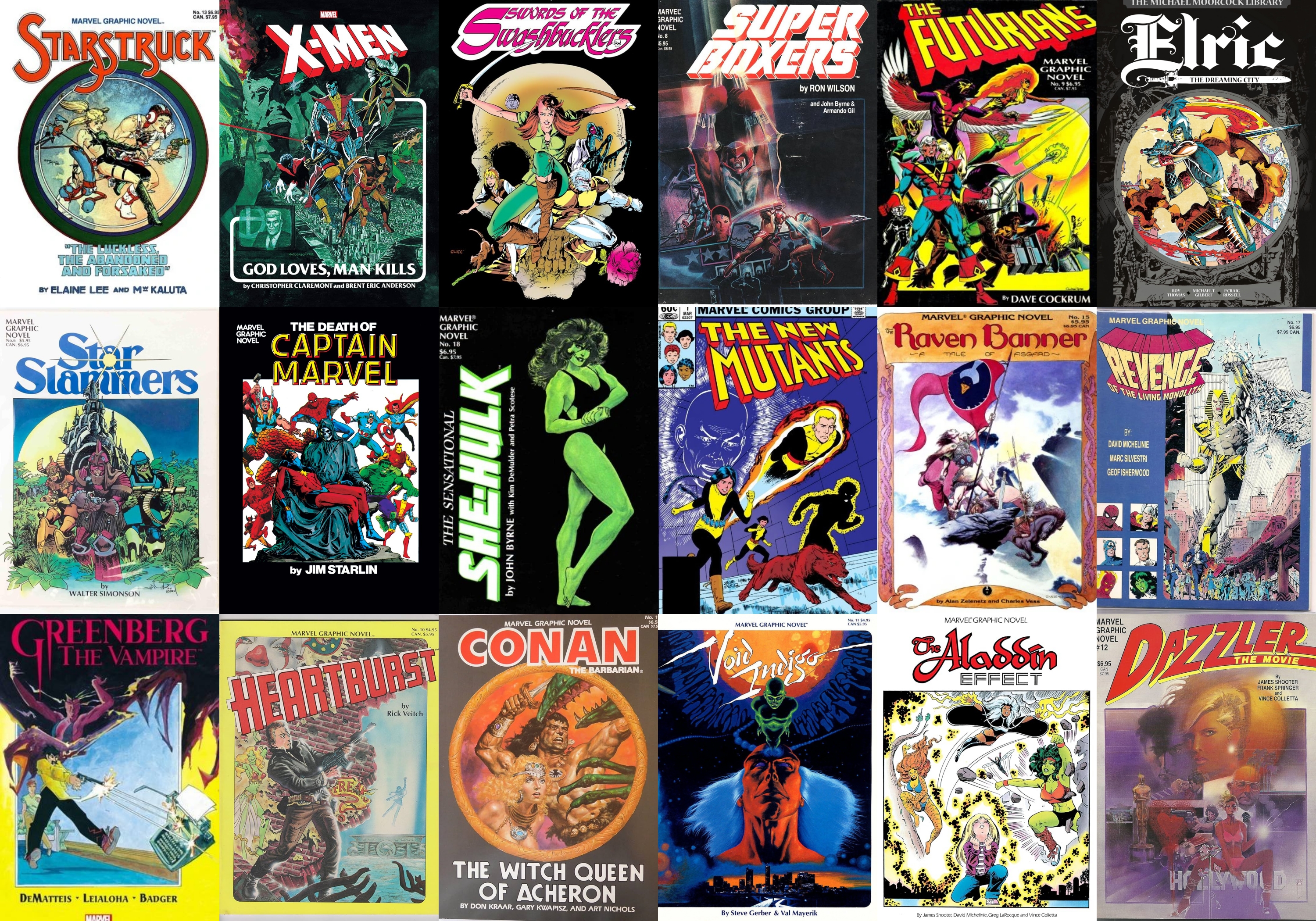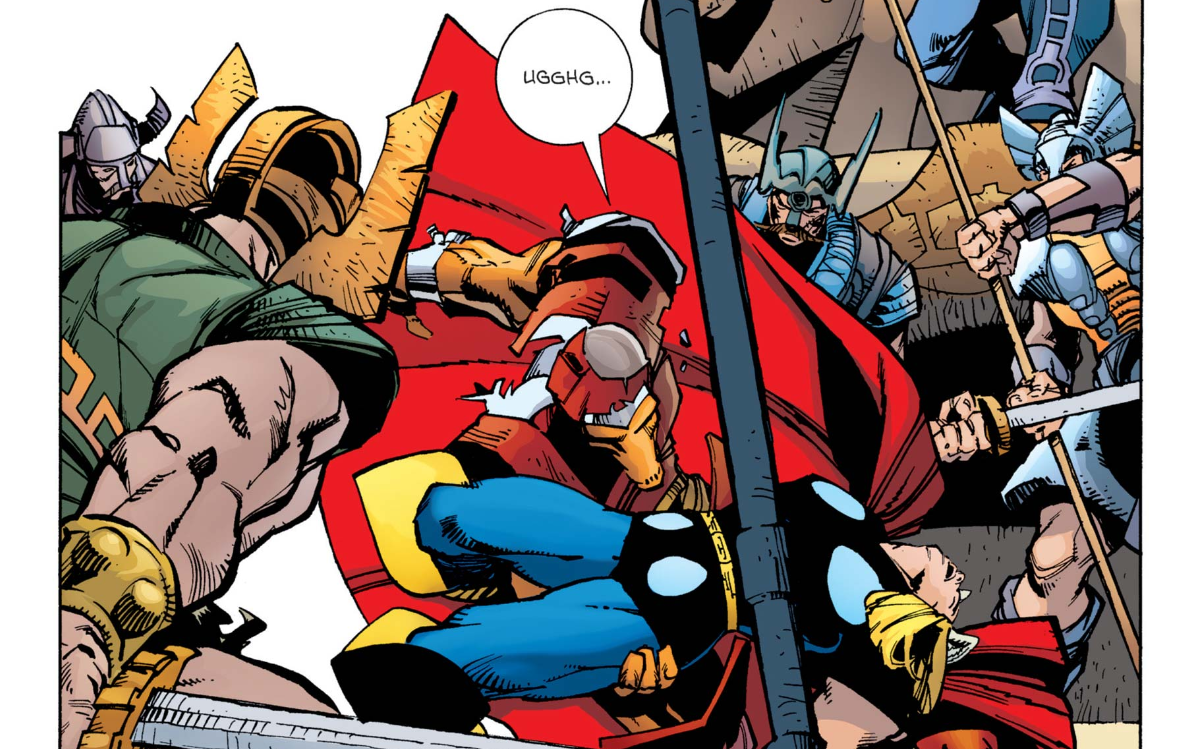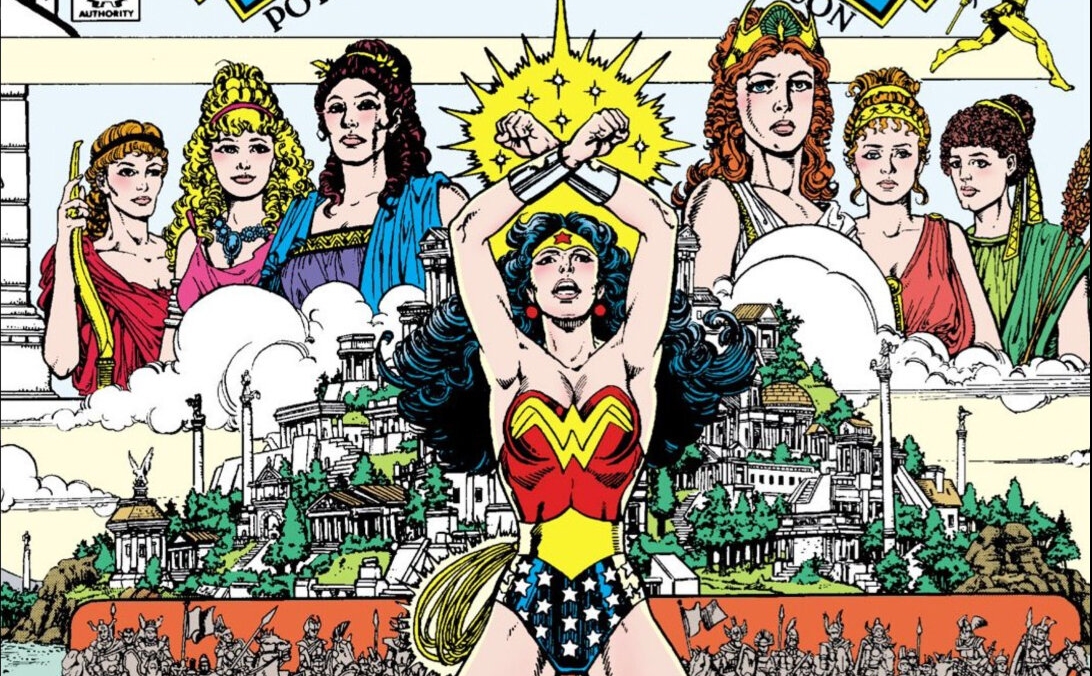Wolverine Finds Substance Through Style
Marvel Graphic Novel Collection
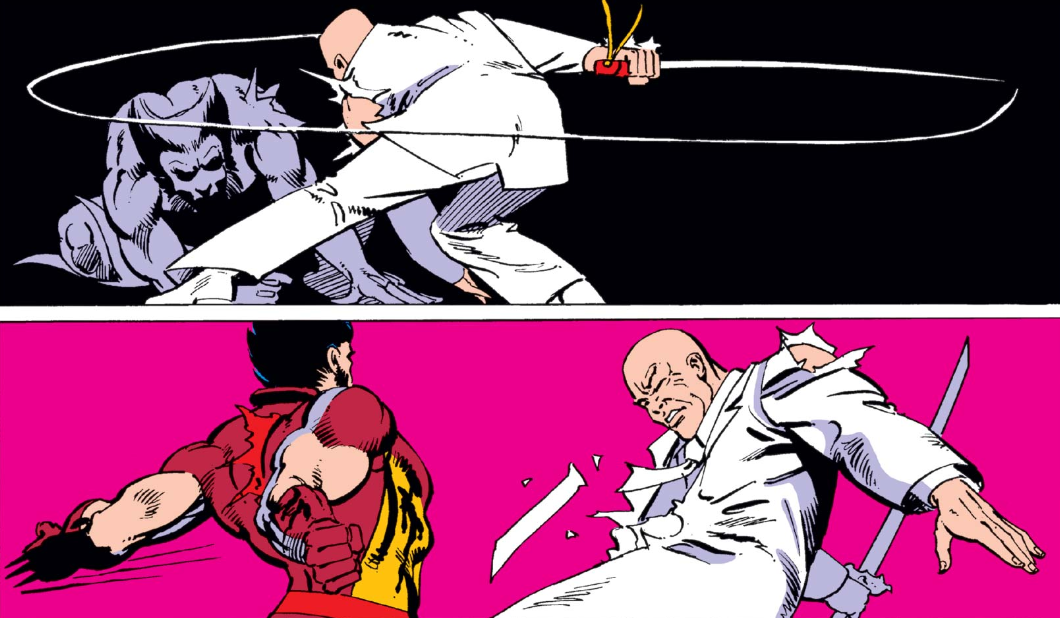
Introduction
I am a fan of Wolverine. Generally, I am not a fan of Wolverine comics. As an X-Men reader, I have never felt the inclination to get into Logan’s solo title. There’s something so fundamentally disconnected between the gruff loner forced to be a team player of the group series and the unkillable ninja spy dealing with the ghosts of the past. I always enjoyed the classic Wolverine presented in the early Wein and Claremont depictions, where Logan came across as short and awkward but simultaneously dangerous and unnerving. However, there are a few stories where the second characterization of SHIELD agent, samurai, and superman still undeniably works in all the right ways. The first four-issue 1982 Wolverine limited series is one of such stories.
What Happened? What is Happening?
The psyche of Wolverine is famously muddled, with the nearly immortal mutant constantly losing memories, finding memories, having false memories implanted, etc. At its worst, Wolverine’s confused mental state makes the character harder to understand and feel unrelatable. Logan’s messy timeline can also encourage writers to try to fill in his origins and establish many retroactive relationships, typically to middling success.
The 1982 series makes an arguably safer decision than less celebrated books by not playing with time and sets Wolverine in a new location, Japan. The depiction of Japan is stylized and slick, with samurai movies being an obvious inspiration. Wolverine’s vague relationship with the past makes his journey to regain honor and his battle against ninjas more dreamlike and dramatic rather than the goofy fun that is a staple of superhero comics. The ability of the book to be bizarre while walking the line of being silly is perhaps its most defining trait and is bolstered by the fragile mind of the protagonist.

Commentary
The overall story is intriguing, and considering both Claremont and Miller, it is relatively straightforward. The narrative is nearly inconsequential, as the book's thrust is moment after moment of captivating melodrama. The creative decisions, from the action sequences to panel layouts to sentence placement, all work in service of establishing the dramatic tone. Claremont’s dialogue and descriptions can come across as melodramatic and tedious, even in some of his best comics, and the writer is not holding anything back for this series. However, any flowery language from Claremont is matched in tone by the art from Miller. There is a balance between the two and an ability to allow for space when necessary without diminishing an intensity in the pacing, which is seen more often in comics created by a single writer-artist.
As with any classic Wolverine story, the heart of the issue is the tug-of-war inside of Logan between man and beast. The two sides are personified by the women Wolverine falls for, Mariko and Yukio. Mariko, the daughter of a powerful crime lord, values honor, and Logan never feels he is worthy of her due to his feral tendencies. At the same time, Yukio, a free-spirited assassin, is untethered, encouraging Wolverine to let himself off the leash. Yukio does not promote acting like an animal or shedding civilized life. Instead, her perspective focuses more on living as fully as possible and acknowledging the burdens of structures and tradition.
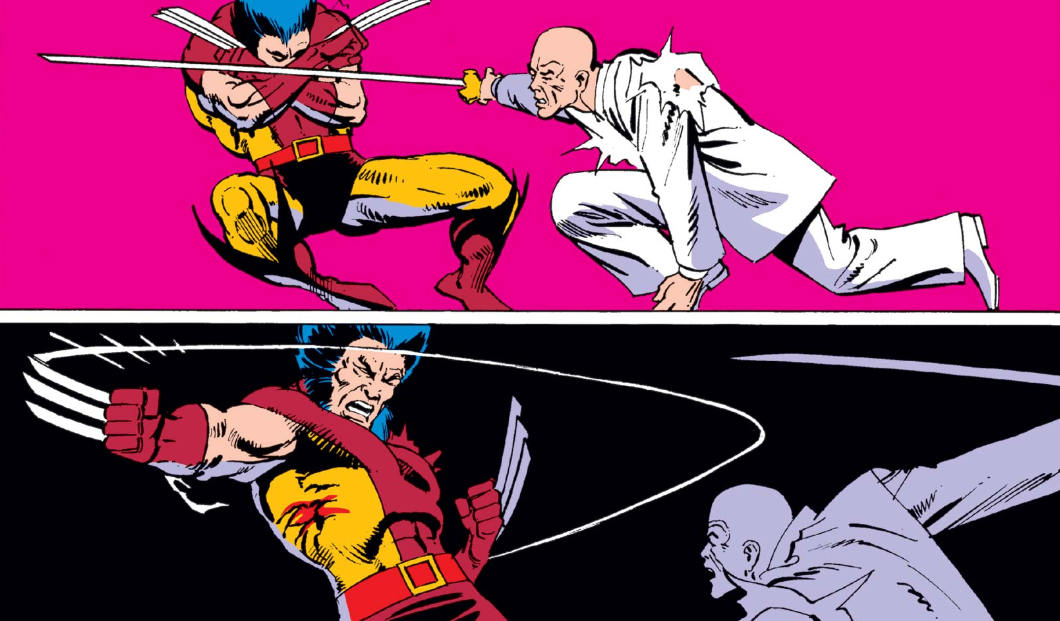
Character(s)
A grim determination binds the cast and showcases their underlying similarity. Each main character is willing to \ compromise morally to pursue their goals, and they hate themselves for it. Given the narrative's portrayal through the lens of Wolverine’s cloudy perception, there is often an uneasy feeling that Logan is projecting himself onto those around him.
Nearly everything that appears and happens in the series comes across as an extension of Wolverine. It would not have seemed out of place if the ending of the series revealed it was all in Logan’s mind, though it would not have been particularly additive either. Readers would be hard-pressed to find any other series or story that so directly reflects the fundamental underpinnings of Wolverine.
Future series starring Logan as Wolverine will spend ample time retracing the past and establishing the extended lore that waxes and wanes from the hero’s memory. Arguably, no entry is as necessary or defining as the 1982 limited series. Instead of filling out Wolverine's Wikipedia page, the book frames the character's current state and outlines the signature internal conflicts Logan will perpetually face. Gruff, short, hairy, and more dangerous than heroic, the Wolverine found in this series is not aesthetically the same as the one that persists in modern culture. The years of title hopping and increasing marketability have flattened Logan to a more generic superhero. Still, for those who want to understand the meaningful structure and roots of the hero, Wolverine 1-4 is the perfect package.
Citation Station
- Wolverine 1-4, 1982, Claremont (writer), Miller (artist), Josef Rubinstein (inker), Glynis Wein (colorists), Tom Orzechowski (letterer), Louise Jones (editor).

